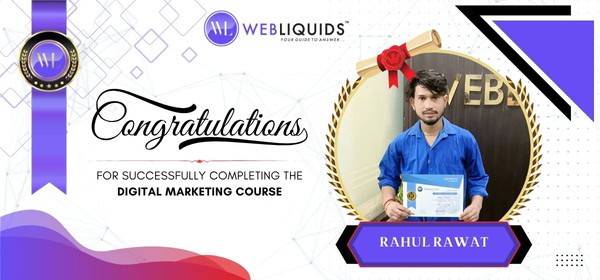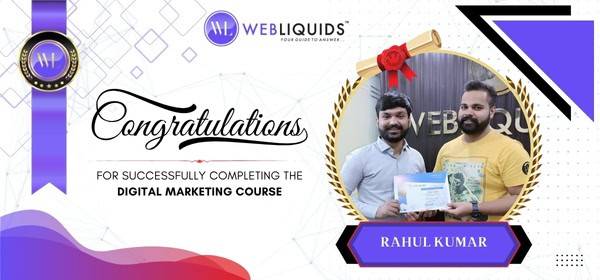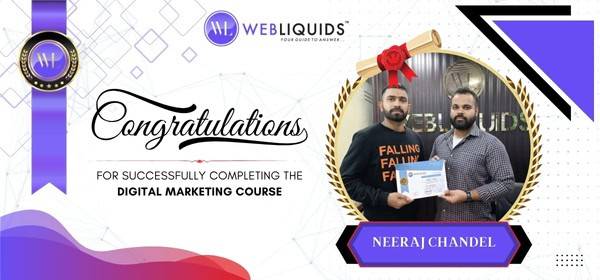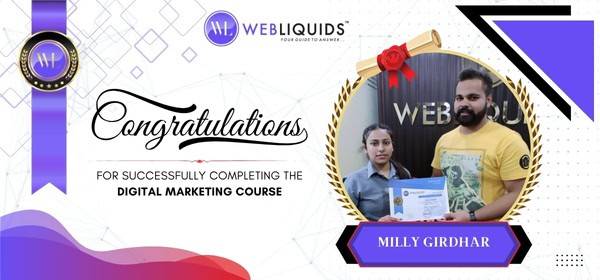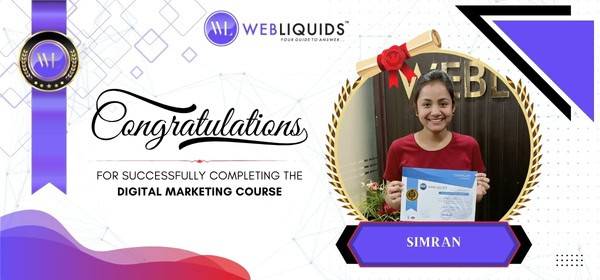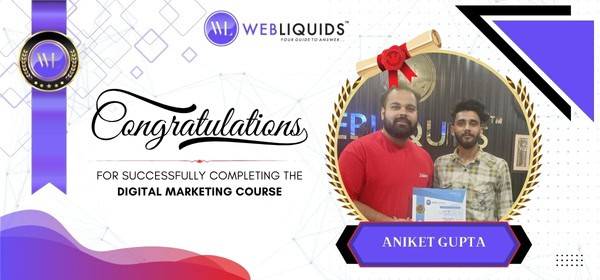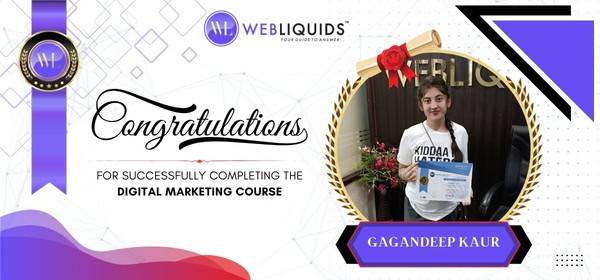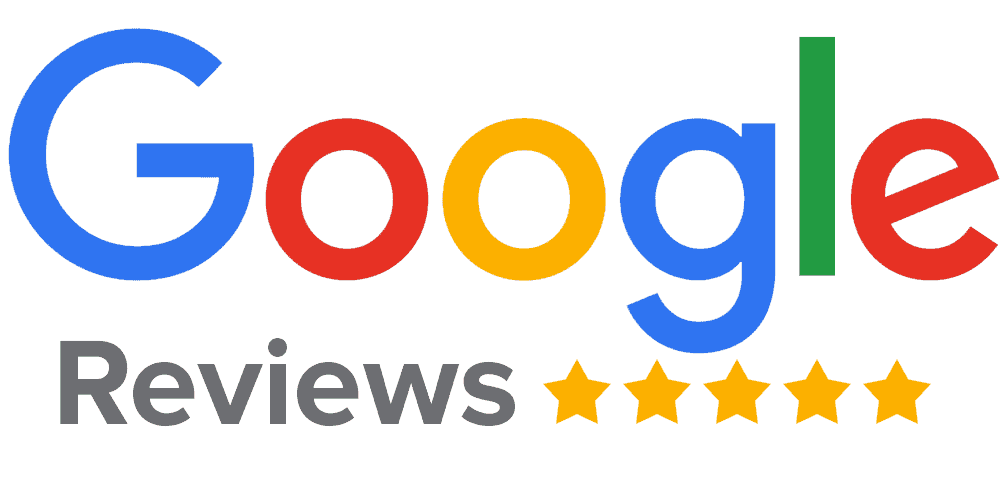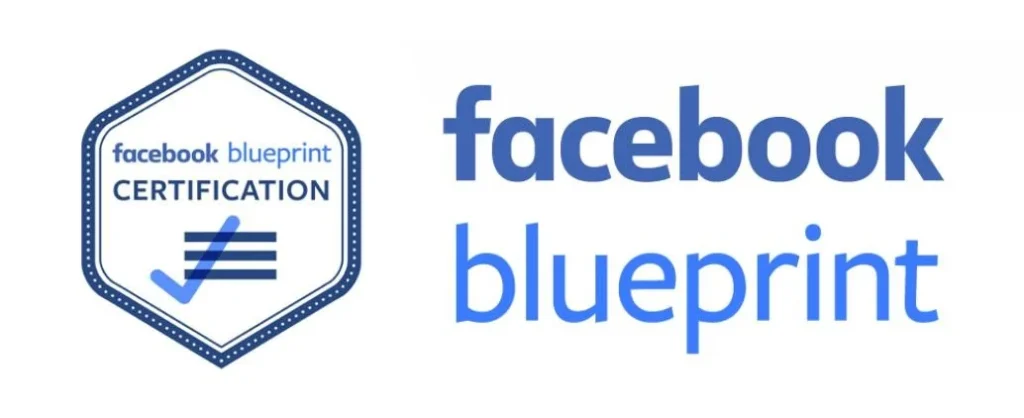The Future of Google Ads: Winning Tactics for 2025 and Beyond!

In today’s fast-paced digital landscape, businesses need to stay ahead of the curve to maximize their online presence. One of the most powerful tools available for marketers is Google Ads. As we step into 2025, Google Ads continues to evolve, introducing new features, automation tools, and AI-driven strategies that are reshaping the way businesses advertise.
This blog explores the future of Google Ads, the winning tactics for 2025, and how businesses can leverage them to stay competitive and drive maximum ROI.
What is Google Ads?
Google Ads is an online advertising platform developed by Google that allows businesses to display ads on Google’s search engine, partner websites, YouTube, and other digital channels. It operates on a pay-per-click (PPC) model, meaning advertisers only pay when users interact with their ads.
How Google Ads Works
Google Ads runs on an auction-based system where advertisers bid on keywords relevant to their products or services. The key components of Google Ads include:
- Cost-Per-Click (CPC): The amount an advertiser pays per click.
- Quality Score: A metric based on the relevance of the ad, landing page experience, and click-through rate (CTR).
- Bidding Strategies: Options such as manual bidding, Smart Bidding, and automated bidding.
Types of Google Ads Campaigns
- Search Ads: Text-based ads that appear on Google’s search results when users search for related keywords.
- Display Ads: Visual banner ads shown across Google’s Display Network (websites, apps, YouTube).
- Shopping Ads: Product-based ads displayed on Google Shopping and search results.
- Video Ads (YouTube Ads): Video-based ads shown on YouTube before, during, or after videos.
- App Promotion Ads: Designed to drive app downloads through Google Play and Apple App Store.
- Performance Max Campaigns: AI-driven campaigns that optimize across multiple Google networks for maximum conversion.
Setting Up a Google Ads Campaign
To launch a successful Google Ads campaign, follow these key steps:
1. Choosing the Right Campaign Type
Selecting the correct campaign type depends on your business goals:
- Search Ads for lead generation.
- Shopping Ads for eCommerce businesses.
- Performance Max for full-funnel marketing.
2. Defining Goals and Target Audience
- Set clear campaign objectives (brand awareness, lead generation, sales, etc.).
- Define audience demographics, interests, and behaviors to refine targeting.
3. Keyword Research and Selection
- Use Google Keyword Planner to find relevant keywords.
- Focus on long-tail keywords for better conversion.
- Implement negative keywords to filter out irrelevant traffic.
4. Writing Compelling Ad Copy
- Keep headlines engaging and relevant.
- Highlight unique selling points (USPs) and call-to-action (CTA).
- Use ad extensions (sitelinks, callouts, structured snippets) to improve visibility.
5. Setting Budget and Bidding Strategies
- Choose between manual bidding and Smart Bidding (AI-powered optimization).
- Allocate budget based on expected cost-per-click (CPC) and return on ad spend (ROAS).
Advanced Google Ads Strategies for 2025
1. AI-Powered Automation & Smart Bidding
- Google’s AI algorithms analyze user behavior and optimize bids in real-time.
- Use automated bidding strategies like Target CPA, Target ROAS, and Maximize Conversions.
2. Performance Max Campaigns and Their Benefits
- Leverage Performance Max campaigns for cross-channel optimization.
- Uses machine learning to distribute ads across Google’s networks (Search, Display, YouTube, Gmail, Discover, and Maps).
3. Leveraging Remarketing for Higher Conversions
- Dynamic remarketing targets users who previously interacted with your website.
- Create custom audiences based on user behavior.
4. Using Google Ads with SEO for Maximum Impact
- SEO and PPC work together to dominate search results.
- Use SEO-driven keywords in Google Ads campaigns to increase ad relevance.
5. A/B Testing for Ad Creatives and Landing Pages
- Test different ad variations to determine the highest-performing creatives.
- Optimize landing pages to improve conversions and reduce bounce rates.
Common Mistakes to Avoid
- Poor Keyword Selection – Targeting overly broad keywords leads to wasted ad spend.
- Ignoring Negative Keywords – Not filtering irrelevant searches can drain the budget.
- Not Optimizing Landing Pages – A slow or poorly designed landing page reduces conversions.
- Failing to Track & Analyze Data – Without data analysis, optimization is impossible.
- Setting the Wrong Bidding Strategy – Using manual bidding when automated strategies could yield better results.
- Ignoring Mobile Optimization – Neglecting mobile users leads to lost traffic and conversions.
- Overlooking Ad Extensions – Not utilizing site links, callouts, and structured snippets reduces ad effectiveness.
- Using Generic Ad Copy – Failing to make ads engaging and specific leads to lower CTR.
- Targeting Too Broad or Too Narrow an Audience – Improper audience targeting wastes budget and reduces effectiveness.
- Failing to Test Different Ad Creatives – Sticking to a single ad variation can limit performance insights and improvements.
Tracking & Optimizing Google Ads Performance
1. Using Google Analytics & Google Ads Dashboard
- Monitor user behavior and campaign performance in real-time.
- Track click-through rate (CTR), conversion rate, and cost per acquisition (CPA).
2. Key Metrics to Monitor
- CTR (Click-Through Rate): Measures how often users click on your ad.
- CPC (Cost Per Click): Determines how much you pay per click.
- ROAS (Return on Ad Spend): Evaluates campaign profitability.
- Conversion Rate: The percentage of users taking the desired action.
3. How to Optimize Low-Performing Campaigns
- Adjust bidding strategies and ad creatives based on performance data.
- Improve landing page experience to reduce bounce rates.
- Use geo-targeting and ad scheduling to refine audience reach.
Future of Google Ads in Digital Marketing
Google Ads continues to be a cornerstone of digital marketing, and its future is shaped by AI advancements, automation, and data privacy changes. With Google’s increasing reliance on machine learning algorithms, advertisers can expect more refined targeting, better bid optimization, and enhanced audience segmentation. The removal of third-party cookies will lead to a greater focus on first-party data collection and privacy-friendly advertising. Additionally, interactive ad formats such as shoppable videos, AR ads, and voice search optimization will redefine user engagement. Businesses that adapt to these changes and continuously refine their advertising strategies will gain a competitive edge in the evolving digital marketplace.
Frequently Asked Questions (FAQs)
1. What is the best Google Ads strategy for 2025?
The best strategy includes Performance Max campaigns, AI-powered bidding, remarketing, and video ads to maximize engagement and conversions.
2. How much budget do I need for Google Ads in 2025?
It depends on your industry and competition. A good starting budget is $300-$1000 per month, adjusting based on performance.
3. How can I improve my Google Ads Quality Score?
Optimize your ad relevance, landing page experience, and CTR. Use targeted keywords and engaging ad copy.
4. What are Performance Max campaigns, and should I use them?
Performance Max campaigns use AI to optimize ad placements across Google’s network. They are highly recommended for businesses looking for maximum reach and conversion.
5. Are Google Ads still effective in 2025?
Absolutely! With the right strategy, AI-driven automation, and continuous optimization, Google Ads remains a powerful tool for business growth.
6. How do I track my Google Ads ROI?
Use Google Analytics and Google Ads dashboard to monitor CTR, conversion rates, CPC, and ROAS for accurate performance tracking.
Ready to Master Digital Marketing? Sign Up Today!
Inspiring Job Placement Success Stories

Our Achievers Ready to Lead the Industry
